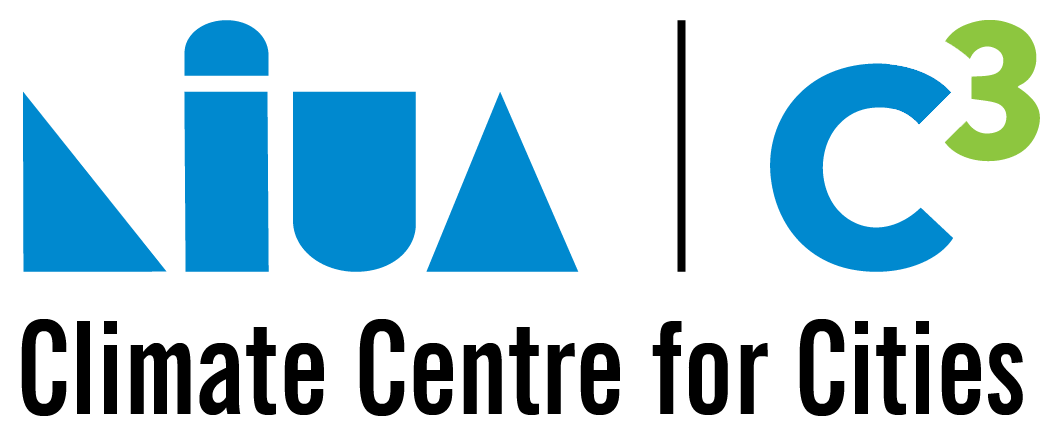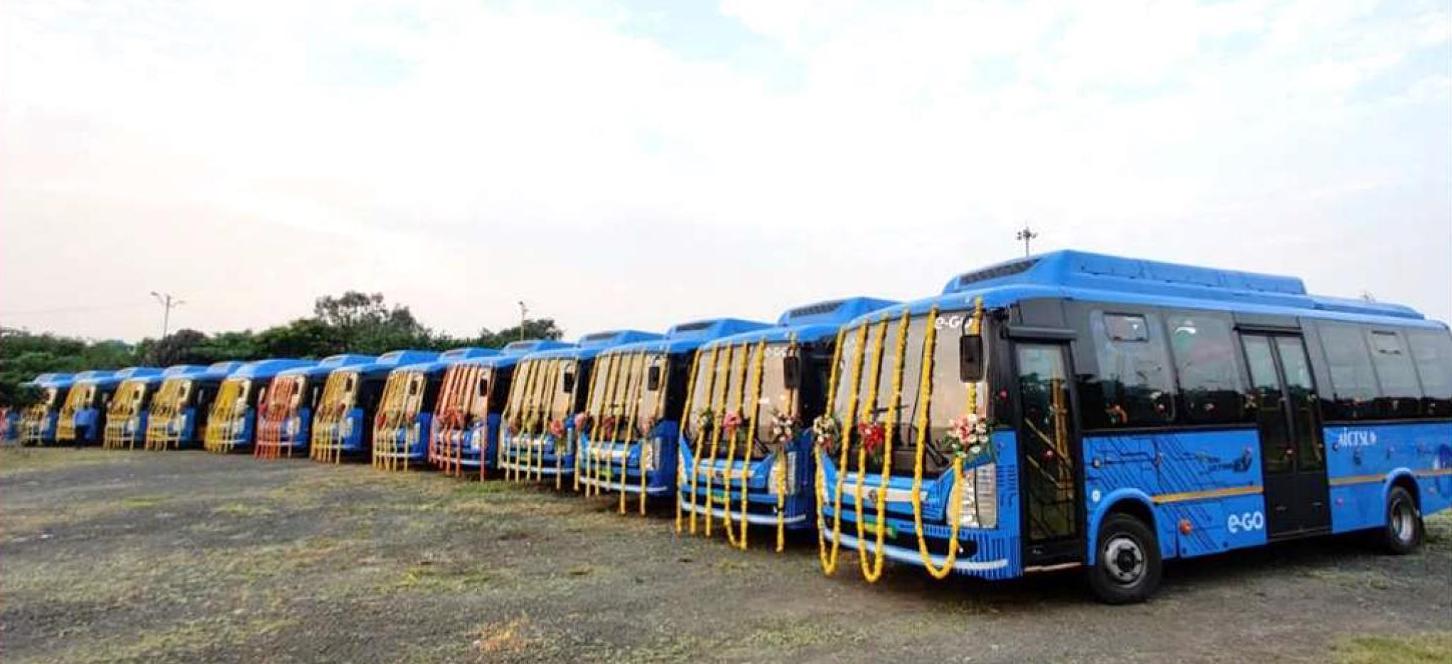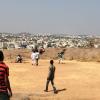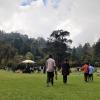Five Ways to Promote Public Transport in Indian Cities
Published On:
Wednesday, December 2, 2020
The Ministry of Housing and Urban Affairs (MoHUA) estimates that INR 39,20,000 crore (USD 600 billion) needs to be invested, between 2011-31, of which about 55% is to be allocated to urban roads and mass transit systems – a move that clearly highlights the importance of transport in urban development.
As per the 2011 Census, 36% Indians either walk or cycle to work while 30% live in close proximity of their workplace and do not need to travel. Additionally, 18% use public transport and the balance 16% use personal vehicles to travel to work — 3% by car and 13% use two-wheelers.
While the percentage of public transport may look robust, its share is going down in cities. According to a Centre for Science and Environment (CSE) study the share of public transport is projected to decrease from 75.7% in 2000-01 to 44.7% in 2030-31. In Delhi, between 2000 to 2009, the number of cars increased at the rate of 9% annually versus buses’ share grew at just 1% per year. The current COVID-19 crisis has further dealt a severe body blow to shared mobility modes.
Multi-Modal Integration
Multimodal integration allows a hassle-free transfer between different modes of transport and encourages use of public transport. Different modes, when appropriately combined, offer inclusive and comfortable door-to-door connectivity options. Delhi has multiple modes of transportation systems that are operational, with a combination of various public transport modes (buses, railway, metro rail) , intermediate paratransit modes or IPTs (auto rickshaws, battery operated rickshaws etc.) and personal modes (cars, two-wheelers etc.).
Technology Deployment
As urbanization increases, it is expected that the number of vehicles will be tripled thus leading to severe congestion in cities. Innovative technologies can play a crucial role in encouraging use of public transport by enhancing the user experience. Such solutions hold great potential to improve the efficiency of public transit systems through initiatives such as smart-ticketing, one nation-one card, security surveillance, fleet management, traffic management and real-time passenger information among others. For example, Delhi Metro sells approximately 16,000 smartcards a day and 1.8 million commuters use the card daily but the integration amongst different modes is still low. The recent cashless mobile ticketing solution for buses, by the Delhi Government, is another example of how technology can be leveraged to promote safe transport.
Innovative Financing
User fee and fares are the two main source of revenue for public transport systems and is mainly used for maintenance and operations. To revamp systems and ensure quality and continuity of service, public transport requires additional finances. Hence, exploring and adopting innovative financing mechanisms becomes imperative. For example, land value capture, is one of the mechanisms for securing additional financing that can support the public transport facility.
Institutional Arrangement
The Indian transport system suffers from the barrier of fragmented governance as different components of the transport system are managed by different entities. For example, in Delhi, the transport system is managed by four different agencies namely Delhi Metro Rail Corporation (DMRC), Delhi Transport Corporation (DTC), Delhi Integrated Multi Modal Transport System (DIMTS) and Indian Railways. Improved coordination and integration will only be possible if a single agency such as UMTA (Unified Metropolitan Transport Authority) manages the entire public transport system. Both Bangalore and Kochi are experimenting with setting up of UMTA.
User Experience
The experience of using public transport depends on convenience, comfort, safety and affordability which is directly proportional to the adequacy of the transport system, specifically for vulnerable groups. The government of Delhi has made public transport free for women. The aim of the initiative is to encourage women to use buses which in turn will improve the safety of women through ‘safety in numbers’.
Gustavo Petro, the former mayor of Bogotá, once said, “A developed country isn’t a place where the poor have cars. It’s where the rich use public transportation.” As India moves towards urbanisation, it needs to make sure that it prioritizes walking, cycling and public transport as a preferred travel mode — something that is advocated in the National Urban Transport Policy (NUTP) that urges cities to focus on moving people rather than vehicles.
Contact Us
1st and 2nd Floor, National Institute of Urban Affairs
India Habitat Centre Lodhi Road New Delhi-110003
Please Call Help Desk at 011-411-86699
Monday - Friday, 9:00 AM - 5:00 PM
Please write to us at c-cube@niua.org








Post a Comment